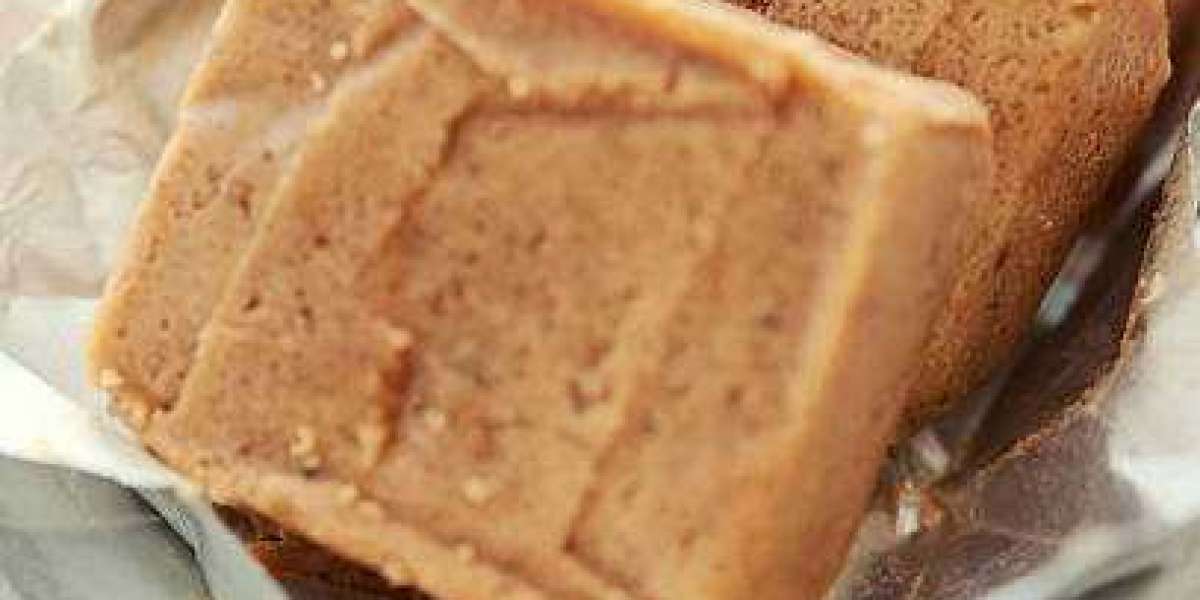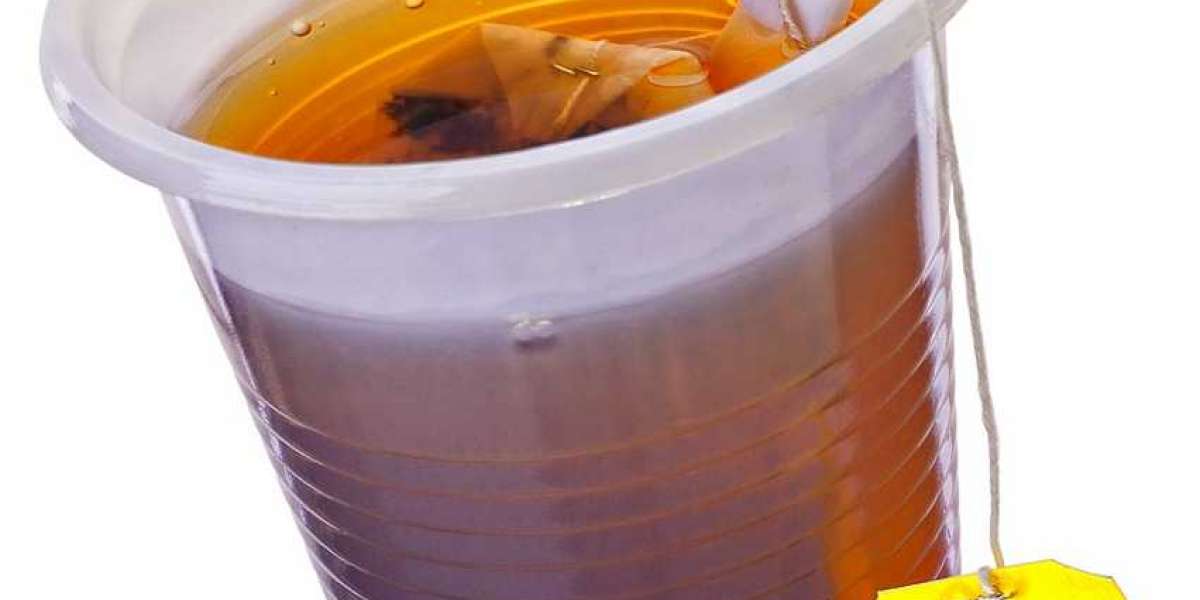Agricultural drones, also known as unmanned aerial vehicles (UAVs), are rapidly transforming the way farmers approach crop management. These drones have the potential to improve efficiency, reduce costs, and increase yields by providing valuable data on crop health, soil conditions, and more. In this article, we will explore the agricultural drone market, including its growth potential, key trends, and future outlook.
Types of Agricultural Drones:
There are several types of agricultural drones available in the market, each with its own set of features and capabilities.
Some of the most common types include:
Fixed-wing Drones: Fixed-wing drones are designed to cover large areas quickly and efficiently. They can fly longer distances than other types of drones and are typically used for mapping and surveying purposes.
Multi-rotor Drones: Multi-rotor drones, also known as quadcopters, are highly maneuverable and can fly in tight spaces. They are typically used for monitoring crop health and spraying pesticides and fertilizers.
Hybrid Drones: Hybrid drones combine the features of fixed-wing and multi-rotor drones, providing the benefits of both. They can cover large areas quickly and efficiently while also being able to hover and maneuver in tight spaces.
Applications of Agricultural Drones:
Agricultural drones have a wide range of applications in the farming industry.Some of the most common applications include:
Crop Monitoring: Agricultural drones are used to monitor crop health and growth rates, identify potential disease or pest infestations, and evaluate the effectiveness of irrigation and fertilization.
Soil Analysis: Drones can collect data on soil moisture levels, pH, and nutrient content, providing farmers with valuable information on soil health and fertility.
Precision Agriculture: Drones can be used to create precise maps of fields, allowing farmers to identify areas that require more attention and reduce wastage of resources such as water, fertilizer, and pesticides.
Crop Spraying: Drones equipped with spraying systems can be used to apply pesticides, herbicides, and fertilizers to crops. This method is more efficient and cost-effective than traditional methods and reduces the risk of exposure to harmful chemicals.
Regional Outlook:
The agricultural drone market is dominated by North America, due to the presence of major drone manufacturers and a high adoption rate of precision agriculture practices. However, the market is expected to grow rapidly in the Asia-Pacific region, due to the increasing demand for food production and the growing trend of precision agriculture in the region. The Europe market is also expected to experience significant growth in the coming years, due to the increasing investments in agricultural technology and the growing demand for sustainable farming practices.
Key Players: The agricultural drone market is highly competitive, with several established players and emerging startups. Some of the key players in the market include DJI, PrecisionHawk, Trimble, Parrot SA, and AeroVironment. These companies are actively engaged in research and development activities to develop innovative drones that meet the evolving needs of the agriculture industry.














